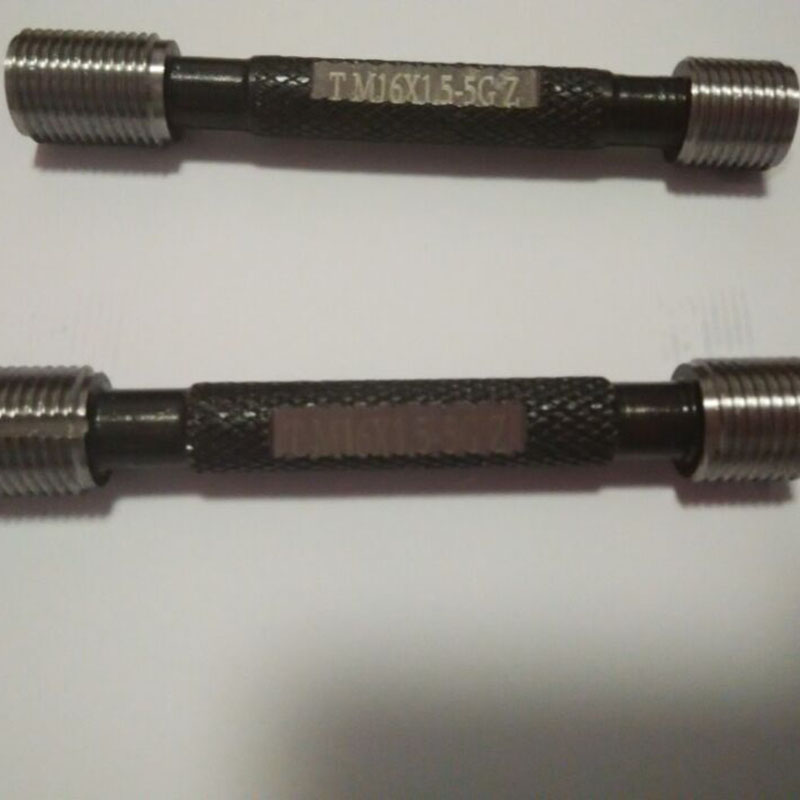Aza . 23, 2024 22:39 Back to list
Exploring Different Types of Ball Valves and Their Unique Functions
Types of Ball Valves and Their Functions
Ball valves are critical components in a wide range of industrial applications, known for their reliability and ability to provide tight sealing. These valves use a hollow, perforated, and pivoting ball to control the flow of fluid. When the ball's hole is aligned with the flow path, the valve is open; when it is perpendicular, the valve is closed. The design and function of ball valves can vary significantly, leading to several types suitable for different conditions. Here, we will explore the main types of ball valves and their specific functions.
1. Floating Ball Valve
The floating ball valve is perhaps the most common type of ball valve. In this design, the ball is held in place by the seats and can move slightly when pressure is applied. This displacement creates a tighter seal against the downstream seat, making it suitable for low-pressure applications. The floating ball valve is ideal for on/off operation and is widely used in water, oil, and gas industries.
2. Trunnion Ball Valve
Contrarily, the trunnion ball valve incorporates a ball that is held in place by a trunnion mechanism, which makes it more suited for high-pressure operations. This structure supports the ball from both the top and bottom, reducing the wear on the seats and increasing the valve's longevity. Trunnion ball valves are typically used in larger pipelines and are favored for their ability to handle high-pressure and high-temperature fluids.
Push-through ball valves feature a design that allows for easy operation and straight flow paths. This valve's simple construction, often with fewer moving parts, minimizes the risk of leaks and enhances the ease of maintenance. These valves are typically used in applications where the flow needs to be redirected easily and quickly, as they can be operated manually, mechanically, or even pneumatically.
types of ball valves and their functions

4. V-Port Ball Valve
The V-port ball valve has a unique ball design with a V-shaped notch. This design allows for variable flow control, making the valve ideal for applications that require precise flow regulation. This type of valve is prevalent in processes where accurate measurement and control of media flow are crucial, such as in the chemical and pharmaceutical industries.
5. Full Port Ball Valve
Full port ball valves feature a ball with a bore equal to the internal diameter of the pipeline. This design minimizes pressure drop and turbulence, allowing the valve to maintain the flow even when fully open. Full port ball valves are often used in applications where maintaining system efficiency is essential, such as in water treatment facilities and power generation systems.
6. Reduced Port Ball Valve
In contrast, reduced port ball valves have a smaller bore than the pipeline, which can cause a slight pressure drop. These valves are typically lighter in weight and less expensive than full port valves, making them suitable for lower flow applications where space and cost are critical considerations.
Conclusion
Ball valves play a pivotal role in managing fluid flow in various industrial applications. The different types of ball valves—floating, trunnion, push-through, V-port, full port, and reduced port—each serve distinct functions tailored to specific operational needs. Understanding these variations allows engineers and operators to select the appropriate valve for their systems, ensuring efficient and effective performance in controlling fluid dynamics. As industries continue to evolve, the significance of choosing the right type of ball valve becomes increasingly important, emphasizing their role in ensuring safety, efficiency, and reliability in fluid handling.
-
Why Metric Trapezoidal Thread is Ideal for Precision Motion ControlNewsAug.05,2025
-
The Unique Properties of a Block of Granite for Industrial UseNewsAug.05,2025
-
The Role of Flanged Y Strainers in Preventing Pipeline ClogsNewsAug.05,2025
-
The Importance of Regular Calibration for Master Ring GagesNewsAug.05,2025
-
How a Cast Iron Surface Table Enhances Accuracy in ManufacturingNewsAug.05,2025
-
Comparing Different Check Valve Types for Optimal Flow ControlNewsAug.05,2025
Related PRODUCTS









